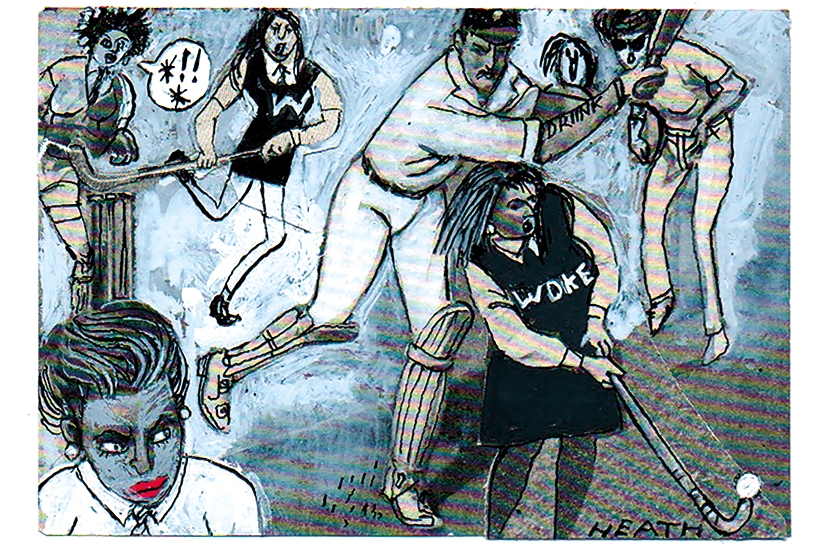Is there anything left which hasn’t been overtaken by climate change drivel? In my spare time I serve as chairman of a village cricket club in East Anglia: a club which I and others, against the grain of the contracting world of village cricket, have succeeded in setting up from scratch over the past dozen years. From what was a wheat field as recently as 2010, we now have a cricket ground which is used not only by our own club but also another local club. In all, we had nearly 40 fixtures on the ground this past season.
All this, needless to say, takes money, both to set up the facilities and to maintain them. Some of this comes from match fees and private donations but, in common with just about every amateur sports club in the country, we also tap into the many grants available. We are particularly indebted to the waste companies who have to pay landfill tax – half of the revenues from which must be distributed for community causes.
But there is one obvious source of grant-funding which has so far eluded us. What about all the money which spills down from test and one day cricket – ticket sales and worldwide TV rights – to what, in the language of fundraising, is known as the ‘grassroots’? It is possible to apply for a slice of this money through what is known as the England Wales Cricket Board (ECB) County Grants Scheme. Trouble is, the funds are only available for two distinct purposes: encouraging women and girls’ cricket, and ‘tackling climate change’.
If the ECB wants to make a priority of building up women and girls’ cricket, I have some sympathy with that – although our efforts to try to encourage a women’s team have so far come to naught. But just how do you tackle climate change by thwacking a leather ball around with a lump of willow?
How do you tackle climate change by thwacking a leather ball around with a lump of willow?
The bumf accompanying the application form suggests a few possible projects which might qualify. We might get our hands on the money, for example, by coming up with a project which helps to build ‘flood resilience’ or ‘drought resilience’. This might include ‘ditch and culvert clearance’ or providing irrigation through a borehole (but on no account from the mains water supply). We might obtain money for insulation or LED lighting, fitting solar panels or double-glazing our pavilion. Or we might like to install ‘water saving sanitaryware’ or ‘rainwater harvesting’. Alternatively, we might qualify if we buy an electric mower or roller.
Given that our local main water supply comes from chalk boreholes, it is hard to see how we help the climate by digging our own borehole at great expense. As for ditch and culvert clearance, surely that is something every landowner in a flood-prone area has to do if they want to avoid flooding; even if you accept the (not altogether strong) evidence that climate change has increased the risk of flooding to any degree, a more fundamental reason as to why places flood is poor land management. Or, in the case of the many sports fields which are located on flood plains, you really are just going to have to accept that they will flood from time to time. As for LED lights, doesn’t almost everyone these days use LED lightbulbs? And regarding electric mowers and rollers, that would all be very well – if we had an electricity supply. In fact, shouldn’t we qualify for a grant for having an entirely unheated, zero fossil fuel-consuming pavilion?
This is really all just tick-box stuff – yet another organisation jumping on the climate change bandwagon, and then going through the motions of creating a pretty meaningless action plan. But it is just going to take money away from cricket clubs which aren’t so up with the art of bullshitting and transfer it to those (possibly wealthier) clubs which are.






Comments